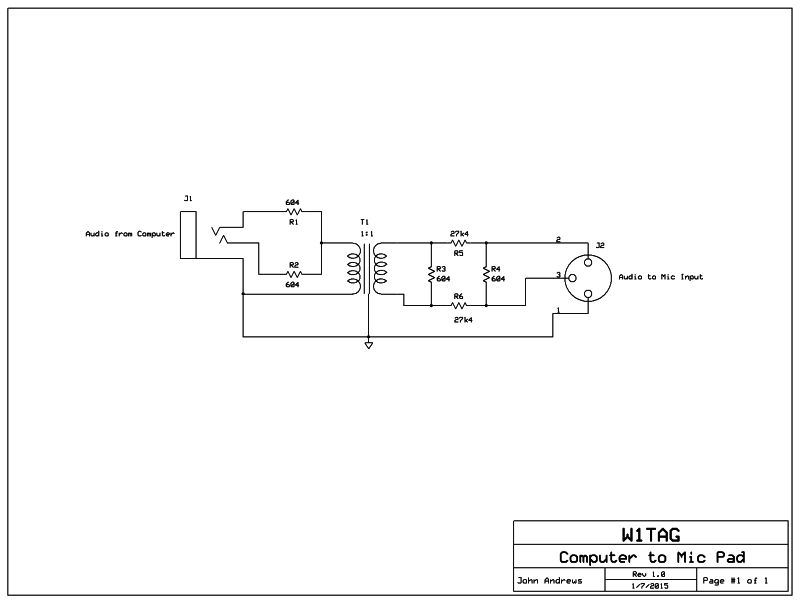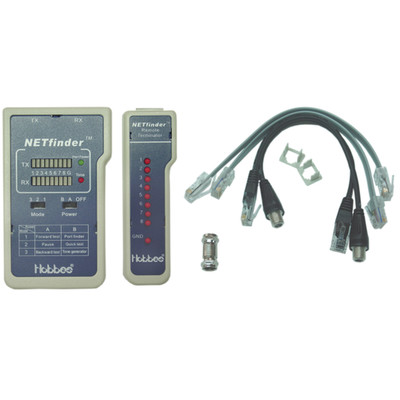

Low and high-frequency power measurements Average PowerĪs frequency increases, the impedance will vary.

Let’s take a closer look at different definitions of power for RF measurements.įigure 2. Notice that average power remains constant and independent of frequency which is a good quantity for high-frequency signals. Pi (green curve) is instantaneous power and it varies with time, while Pavg (red line) is average power. Figure 2 represents three continuous waves (CW) with the same voltage level but different frequencies.

However, as frequency increases, voltage and current measurements become difficult and impractical, so engineers measure power directly. DC and low frequencies power measurements Average power is calculated by integrating the area under the P curve.įigure 1. In Figure 1 below, the instantaneous power shifts around cycles as represented by the blue curve. The energy transfer rate (instantaneous power) also varies with time. Power (P) is the product of voltage (V) and current (I).įor low-frequency signals, both voltage and current vary with time. At direct current (DC) and low frequencies, voltage and current measurements are simple and straightforward. The International System of Units defines the watt (W) as a unit of power – one watt is one joule per second and is used to quantify the rate of energy transfer. Let’s take a closer look at the difference between average power, envelope power, peak envelop power, and measurement applications for high/low output power. In fact, the output power of signal generators needs to be as low as -120 dBm for receiver sensitivity testing, and the peak power requirement for RF power amplifier testing must be more than +20 dBm.Īlthough “power” is a pretty basic concept, it is important to understand the kind of ‘’power” you are referring to.

The automatic leveling control (ALC) and various combinations of attenuators determine the power range of signal generators. In RF testing, the output power level of signal generators is an important factor as they need to maintain spectral purity and level accuracy.


 0 kommentar(er)
0 kommentar(er)
